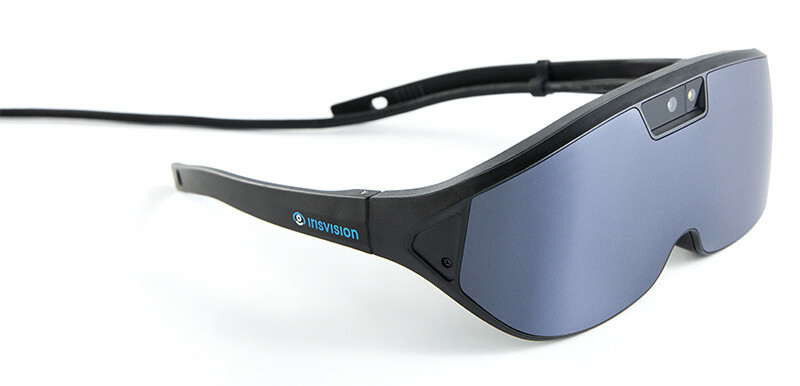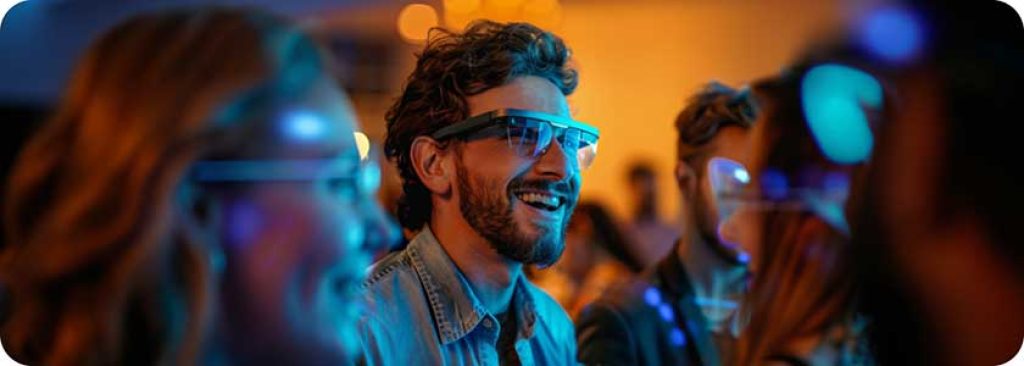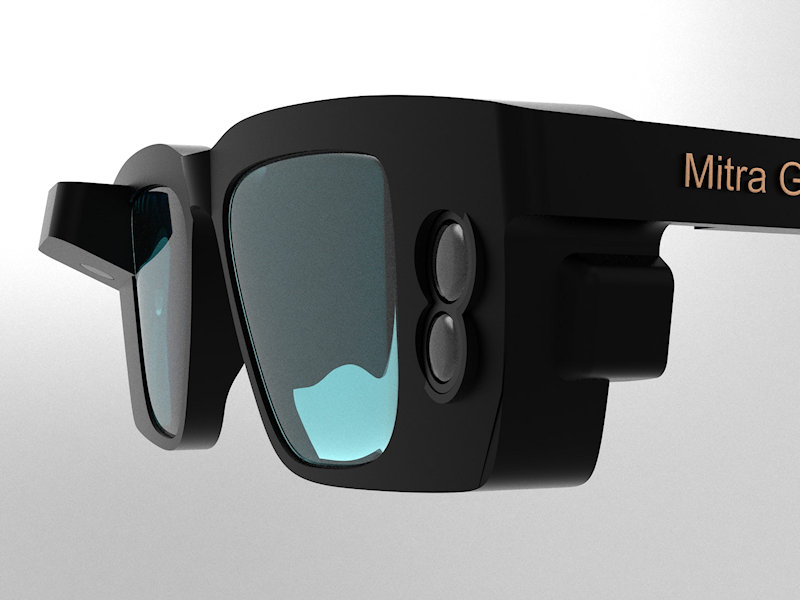Empowering Self-reliance With Assistive Innovation for the Blind
The integration of assistive modern technology for individuals that are visually impaired or blind represents a significant innovation in cultivating freedom and enhancing top quality of life. With a range of tools-- from display visitors to innovative tactile devices-- these innovations not just facilitate navigating and communication but additionally promote social incorporation and participation in numerous aspects of life.
Understanding Assistive Modern Technology
Although assistive modern technology has advanced significantly over the years, its basic purpose continues to be the very same: to improve the high quality of life for individuals with disabilities, particularly those that are visually damaged or blind. This modern technology includes a wide series of tools and gadgets that promote independence and performance in day-to-day tasks.
Assistive technology can be categorized into high-tech and low-tech solutions, each designed to fulfill particular needs. Sophisticated tools commonly include software applications, specialized equipment, and adaptive gadgets that use advanced innovation to provide support in different contexts. On the other hand, low-tech remedies may entail daily things that are customized to boost availability, such as magnifiers or responsive markers.
The integration of assistive technology right into the lives of people who are blind or aesthetically hindered not just advertises autonomy yet likewise fosters social addition and participation in academic and expert environments. By leveraging these technologies, customers can browse their environments, gain access to details, and connect effectively, therefore boosting their total high quality of life. Comprehending assistive innovation is vital for supporters, caregivers, and specialists who intend to support individuals in maximizing their prospective and achieving higher freedom.
Kinds Of Assistive Instruments
Assistive gadgets for the aesthetically damaged and blind are vital tools that enhance daily living by dealing with specific obstacles come across by customers. These tools can be extensively classified right into three primary kinds: optical gadgets, electronic devices, and sensory tools.

Sensory tools, such as Braille screens and tactile maps, offer different means to receive information. Braille displays transform electronic text right into Braille, making it possible for users to check out touch. Responsive maps supply spatial understanding through raised structures and lines, enabling better environmental awareness.
With each other, these assistive tools encourage individuals with visual impairments to engage more totally with their surroundings, advertising better independence and self-confidence in everyday activities.

Influence On Every Day Life
The combination of assistive innovation into the lives of people that are aesthetically damaged or blind significantly enhances their ability to browse and engage with the globe around them. Devices such as screen readers, Braille displays, and mobile applications assist in access to information, enabling individuals to involve with digital web content, connect effectively, and handle day-to-day tasks individually.
In addition, innovations like smart glasses and navigating applications give real-time support in unknown atmospheres, improving mobility and self-confidence. These tools allow customers to identify challenges, checked out indicators, and even acknowledge faces, thus promoting a sense of autonomy in public rooms. Furthermore, home automation systems, which can be managed through voice commands, permit individuals to handle their living environments better, improving comfort and safety.
The influence of assistive modern technology prolongs beyond practical jobs; it promotes social addition and emotional well-being. By linking the void in between individuals and their surroundings, these innovations empower users to get involved fully in area tasks, pursue academic possibilities, and take part in meaningful relationships. Inevitably, the improvement of assistive innovation contributes in redefining the opportunities for individuals that are aesthetically impaired or blind, causing an extra inclusive and obtainable culture.
Success Stories and Reviews

One more effective testimonial comes from Mark, a recent university graduate that made use of display analysis software application throughout his scholastic journey. This modern technology enabled him to accessibility training course materials and get involved in conversations, eventually bring about his successful shift right into the workforce. Mark debts assistive modern technology for empowering him to accomplish his job objectives, stressing its duty in leveling the playing field for people with visual impairments.
In addition, neighborhood centers have actually reported boosted involvement in their programs many thanks to the intro of available electronic platforms. These platforms have made it less complicated for individuals to link, share sources, and support each other. These success tales collectively emphasize the profound impact of assistive modern technology in cultivating freedom, improving lifestyle, and breaking down barriers for the aesthetically damaged and blind area.
Future Patterns in Assistive Technology
Emerging innovations are poised to change the landscape of assistive technology for people that are visually impaired or blind. Developments in expert system (AI) and maker learning are improving useful source the capacities of gadgets, making it possible for even more intuitive user experiences. AI-driven applications are progressively able to recognize things and read message aloud in click for info real-time, supplying users with valuable details regarding their surroundings.
In addition, improvements in wearable modern technology are producing new chances for freedom. Smart glasses outfitted with increased fact attributes can overlay essential information onto the individual's field of vision, facilitating navigation and interaction with the environment. The combination of Web of Points (IoT) devices is streamlining access in wise homes, enabling individuals to manage home appliances and get notices with voice commands or tactile interfaces.
The growth of braille display screens and tactile feedback systems is additionally increasing, promoting accessibility to electronic web content and boosting communication. As these innovations continue to evolve, they assure to boost daily living, instructional possibilities, and employment potential customers for people with visual impairments. Continuous collaboration between engineers, users, and campaigning for teams will be vital in making certain these technologies satisfy the needs of the area successfully.
Conclusion
Finally, assistive technology plays a pivotal function in enhancing the independence of people that are blind or aesthetically damaged. By offering necessary devices and sources, these innovations assist in enhanced navigation, communication, and accessibility to info, therefore fostering autonomy and self-confidence. The transformative influence of assistive tools not only promotes effective interaction with the setting yet likewise motivates social incorporation and engagement in different facets of life, inevitably encouraging individuals to grow within their neighborhoods.
The assimilation of assistive technology for individuals that are blind or aesthetically impaired represents a considerable advancement in promoting independence and enhancing high quality of life.The combination of assistive technology into the lives of people that are blind or aesthetically hindered not only advertises click resources autonomy yet also promotes social addition and involvement in expert and instructional environments. Ultimately, the advancement of assistive innovation is crucial in redefining the possibilities for individuals that are visually damaged or blind, leading to a more obtainable and comprehensive society.
Numerous individuals who are aesthetically impaired or blind have shared motivating success stories that highlight the transformative influence of assistive technology on their lives.In conclusion, assistive innovation plays a crucial function in improving the self-reliance of individuals that are blind or aesthetically damaged.